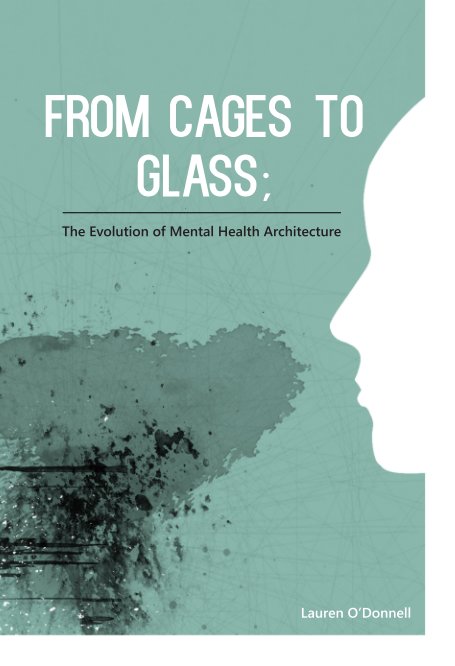À propos du livre
Cages to Glass discusses the development and changes of mental health architecture, from institutionalised Victorian asylums, to the new generation of mental health hospitals, providing therapeutic environments and approaches to care, designed to improve recovery and well-being.
The elaborately purpose built institutions through the 19th century soon became a refuge or a house of detention for a mass of hopeless and incurable cases. As technology and treatments advanced, the buildings to contain the mentally ill became dreaded and reviled by many, meaning the state shifted to provide more local community based care. Small scale residential units across the mental health landscape were favoured to provide a homely environment to encourage service users to feel comfortable, safe and unimprisoned. However, modern health and national service standards mean these types of buildings are no longer fit for purpose and radical change is needed.
The forms and spaces in mental health design need to be cleverly thought through, with security and risk creating major constraints in the design process. Looking at examples globally can influence the therapeutic design of our buildings in the UK.
New typologies of mental health design have appeared, from local community hubs to efficient purpose built facilities. The NHS’s answer to mental health is constantly being discussed, with the need to provide effective and equal care to users, and better facilities with the help of the process of recovery. But with budget cuts how do architects do more for less?
The elaborately purpose built institutions through the 19th century soon became a refuge or a house of detention for a mass of hopeless and incurable cases. As technology and treatments advanced, the buildings to contain the mentally ill became dreaded and reviled by many, meaning the state shifted to provide more local community based care. Small scale residential units across the mental health landscape were favoured to provide a homely environment to encourage service users to feel comfortable, safe and unimprisoned. However, modern health and national service standards mean these types of buildings are no longer fit for purpose and radical change is needed.
The forms and spaces in mental health design need to be cleverly thought through, with security and risk creating major constraints in the design process. Looking at examples globally can influence the therapeutic design of our buildings in the UK.
New typologies of mental health design have appeared, from local community hubs to efficient purpose built facilities. The NHS’s answer to mental health is constantly being discussed, with the need to provide effective and equal care to users, and better facilities with the help of the process of recovery. But with budget cuts how do architects do more for less?
Caractéristiques et détails
- Catégorie principale: Architecture
-
Format choisi: 15×23 cm
# de pages: 126 -
ISBN
- Couverture rigide imprimée: 9781364334185
- Date de publication: févr 19, 2016
- Langue English
Voir plus

